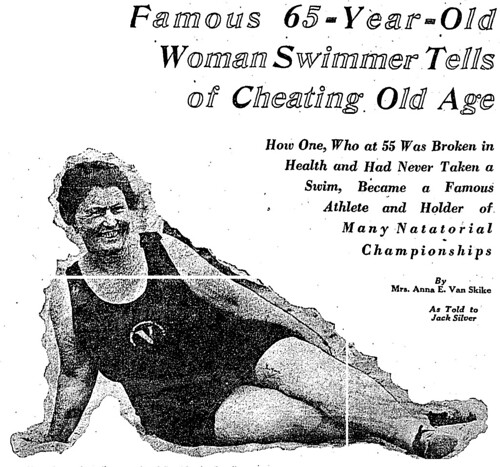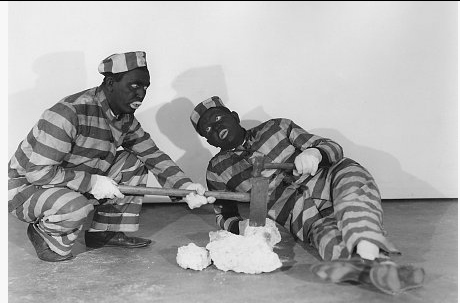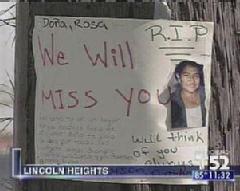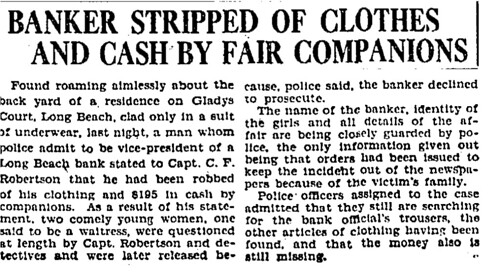Los Angeles
The news of the day is not especially happy. Film director Josef Von Sternberg’s marriage to assistant director/actress Riza Royce has ended after a year following an disagreement over Miss Royce’s determination to have a nose job. Miss Royce had her nose straightened and collected cash and a car, while Mr. Von Sternberg kept their home at 6252 Drexel.
The first anniversary of the death of screen sheik Rudolph Valentino was occasion for a Catholic mass at the Church of the Blessed Sacrament attended by family and a few friends and fans, in stark contrast to the mob scenes that accompanied his burial. Following the service, the worshippers visited Valentino’s crypt in the Hollywood Mausoleum and strewed flowers around the aisles.
And down at a flophouse at 1104 South Main Street, after a day’s posting, the sign on a door warning the residents not to disturb the baby became an object of curiosity, and the door was opened. Inside, a tiny redheaded boy babe of perhaps 14 months, quite dead, with cotton stuffed in his mouth and nostrils, a bloody nightgown and signs of strangulation on the child’s neck. Police have taken fingerprints from the room and handwriting samples from the note and hotel register, and are searching for a Mrs. W. Howard of Los Angeles. The nameless infant now rests in the County Morgue.







